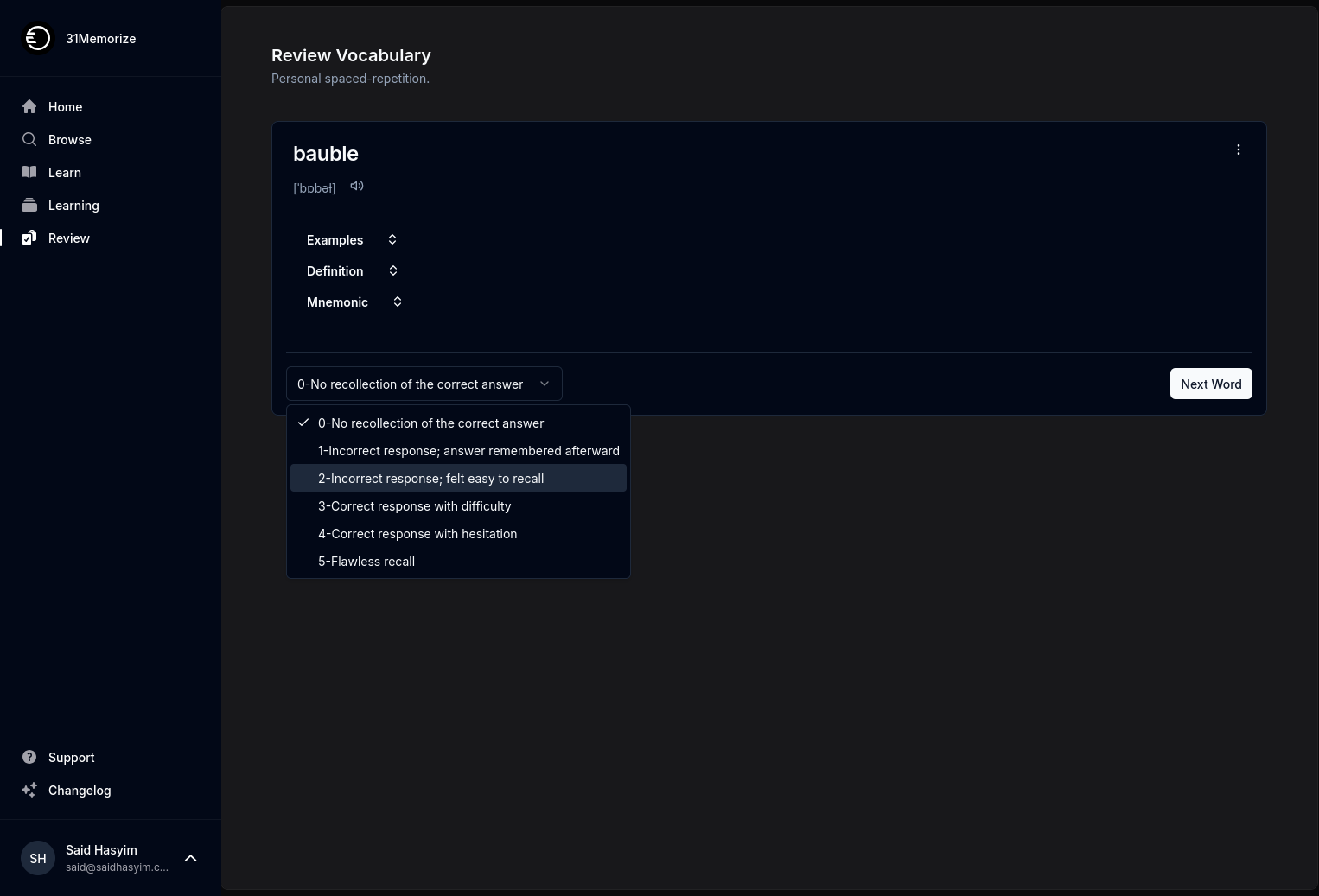Examining Reader Feedback for Growth
In an age where content is abundant and attention spans are short, creating meaningful, engaging, and high-quality content has never been more critical. However, producing great content is only half the battle. Understanding how that content is received by readers is equally important. Feedback from readers can provide invaluable insights that can guide your growth as a creator. In this blog post, we will examine the importance of reader feedback, methods for gathering it, and strategies for implementing it for growth.
The Importance of Reader Feedback
1. Understanding Your Audience
Reader feedback is an essential tool for understanding your audience. Whether you are a blogger, a journalist, or an author, knowing what your audience thinks and feels about your content can help you create material that resonates with them. Here's why this is crucial:
- Clarifying Expectations: Feedback helps you understand what your readers expect from your content. Are they looking for in-depth analysis, quick tips, or entertaining narratives? Knowing this can significantly alter your approach.
- Identifying Preferences: Readers have varying interests. Some may prefer video content, while others favor articles or infographics. Feedback can help you identify these preferences, allowing for a more tailored content strategy.
2. Enhancing Content Quality
Constructive criticism can enhance the quality of your content. When readers provide feedback, they often offer insights regarding:
- Clarity and Structure: Readers may point out areas that are confusing or poorly structured, enabling you to refine your writing and make it more coherent.
- Engagement: Feedback can reveal whether your content is engaging or if it falls flat. This information is invaluable for improving your writing style and content delivery.
3. Building a Community
Engaging with readers and valuing their feedback fosters a sense of community. When readers see that their opinions matter, they are more likely to become loyal followers and advocates for your work. This sense of connection can lead to deeper discussions, sharing of ideas, and a collaborative content environment.
Methods for Gathering Feedback
Now that we acknowledge the significant role of reader feedback, let's explore some effective methods for gathering it.
1. Comment Sections and Social Media
Encouraging readers to leave comments on your blog posts or social media can be a direct way to receive feedback. Here are some tips:
- Ask Open-Ended Questions: Instead of closed questions that can be answered with a simple “yes” or “no,” ask questions that encourage discussion. For example, "What did you find most useful in this article?" invites richer responses.
- Engage in the Comments: When readers take the time to comment, responding shows that you value their input. This can encourage more feedback in the future.
2. Surveys and Polls
Surveys can provide structured feedback. Tools like Google Forms or SurveyMonkey allow you to create customized surveys tailored to your audience's needs. Here are some considerations:
- Keep it Short: Respect your audience’s time. Short surveys with clear, concise questions are more likely to yield responses.
- Incentivize Participation: Consider offering incentives, such as the chance to win a prize or exclusive content, to encourage participation.
3. Analytics and Metrics
While qualitative feedback is important, quantitative data can provide another layer of understanding. Use analytical tools to track:
- Engagement Rates: Look at metrics such as time spent on page, bounce rates, and social shares to gauge how well your content performs.
- Traffic Sources: Understanding where your readers are coming from can inform your promotional strategies andwhat content resonates best with specific audiences.
4. Direct Email Feedback
Another effective way to gather feedback is through direct outreach. This could involve:
- Newsletter Campaigns: Utilize your email list to send out requests for feedback on specific posts or topics you plan to cover in the future.
- Follow-Up Emails: After a reader engages with a piece of content, consider sending a follow-up email asking for their thoughts on it.
Strategies for Implementing Feedback for Growth
Gathering feedback is just the first step; the real challenge lies in effectively implementing it. Here are some strategies to consider:
1. Analyze and Categorize Feedback
When feedback rolls in, take the time to analyze it. Look for patterns or recurring themes that emerge. Categorizing feedback can help you:
- Identify Key Issues: If multiple readers point out similar problems, addressing these becomes a priority.
- Spot Opportunities: Positive feedback can highlight topics or content types that your audience enjoys, allowing you to create more of what they love.
2. Adjust Your Content Strategy
Use the insights gained from feedback to inform your content strategy. This can include:
- Content Types: If readers consistently express interest in video content or podcasts, consider diversifying your output.
- Topics: If certain themes or subjects receive more engagement, prioritize these in future planning.
3. Communicate Changes
Once you implement changes based on feedback, don’t forget to communicate this to your audience. Let them know how their input has shaped your content. This not only builds trust but encourages ongoing feedback and engagement.
4. Foster a Dialogue
Encourage ongoing conversation with your audience. Create posts that invite comments, ask for feedback on specific topics, and show genuine interest in what they think. A thriving, engaged community will not only provide valuable insights but will become your best promoters.
Conclusion
Examining reader feedback is a crucial aspect of growth for anyone creating content. By understanding your audience, enhancing content quality, and building a community, you can forge deeper connections and cultivate a more engaged following. The methods for gathering feedback are varied and should be adapted to fit your specific audience and style. Finally, implementing that feedback thoughtfully can lead to substantial growth, creativity, and an enriched content experience for both you and your readers.
In a world overflowing with information, valuing and acting upon reader feedback can set you apart. So, let’s listen closely, learn, and grow together!
